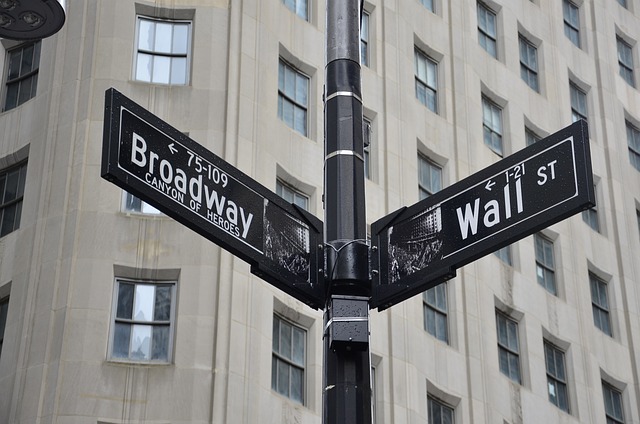Title: Wall Street’s Preparations for a Potential US Debt Default
Introduction: The possibility of a US debt default has put Wall Street on high alert, prompting financial institutions to undertake comprehensive preparations to mitigate the potential impacts. A US debt default would have far-reaching consequences, affecting not only the domestic economy but also global financial markets. In this article, we will delve into the proactive measures that Wall Street is taking to brace itself for a possible US debt default scenario.
- Evaluating the Risks: Wall Street is closely monitoring the political and economic developments surrounding the US debt situation. Financial experts and analysts are conducting thorough risk assessments to gauge the likelihood and potential consequences of a default. By gaining a clear understanding of the risks involved, financial institutions can develop informed strategies to navigate the situation.
- Strengthening Liquidity Positions: Maintaining sufficient liquidity is paramount for financial institutions in times of uncertainty. Wall Street firms are bolstering their liquidity positions by increasing cash reserves, securing additional credit lines, and diversifying funding sources. This strategic approach helps ensure that they have the necessary resources to withstand potential market disruptions triggered by a US debt default.
- Diversifying Investment Portfolios: In preparation for a potential debt default, Wall Street institutions are diversifying their investment portfolios. By spreading investments across various asset classes, sectors, and geographical regions, financial firms aim to minimize their exposure to a potential default event. This diversification strategy helps reduce the impact on overall portfolios and mitigates potential losses.
- Stress Testing and Scenario Analysis: Financial institutions are conducting stress tests and scenario analyses to assess the potential effects of a US debt default. These simulations enable firms to identify vulnerabilities in their portfolios and evaluate their ability to withstand adverse market conditions. By stress testing their capital adequacy and risk management frameworks, Wall Street firms can identify areas for improvement and implement appropriate measures.
- Collaboration with Regulators: Wall Street firms are collaborating closely with regulatory authorities to ensure a coordinated response in the event of a debt default. Regular communication with regulators helps ensure compliance with regulations and facilitates the sharing of information and best practices. This collaboration enhances the stability of the financial system and promotes a cohesive approach to managing potential disruptions.
- Client Education and Communication: Wall Street institutions are proactively communicating with their clients, providing updates on the potential risks associated with a US debt default. Through educational materials, webinars, and direct interactions, financial firms are equipping their clients with knowledge and guidance to make informed decisions. Transparent communication helps manage client expectations and maintain trust during uncertain times.
Conclusion: Wall Street is leaving no stone unturned in its preparations for a potential US debt default. Through risk evaluations, liquidity strengthening, portfolio diversification, stress testing, regulatory collaboration, and client education, financial institutions are positioning themselves to navigate the challenges that may arise. While the outcome remains uncertain, the proactive measures taken by Wall Street will help mitigate potential disruptions and contribute to the stability of the financial markets in the face of a possible US debt default.












